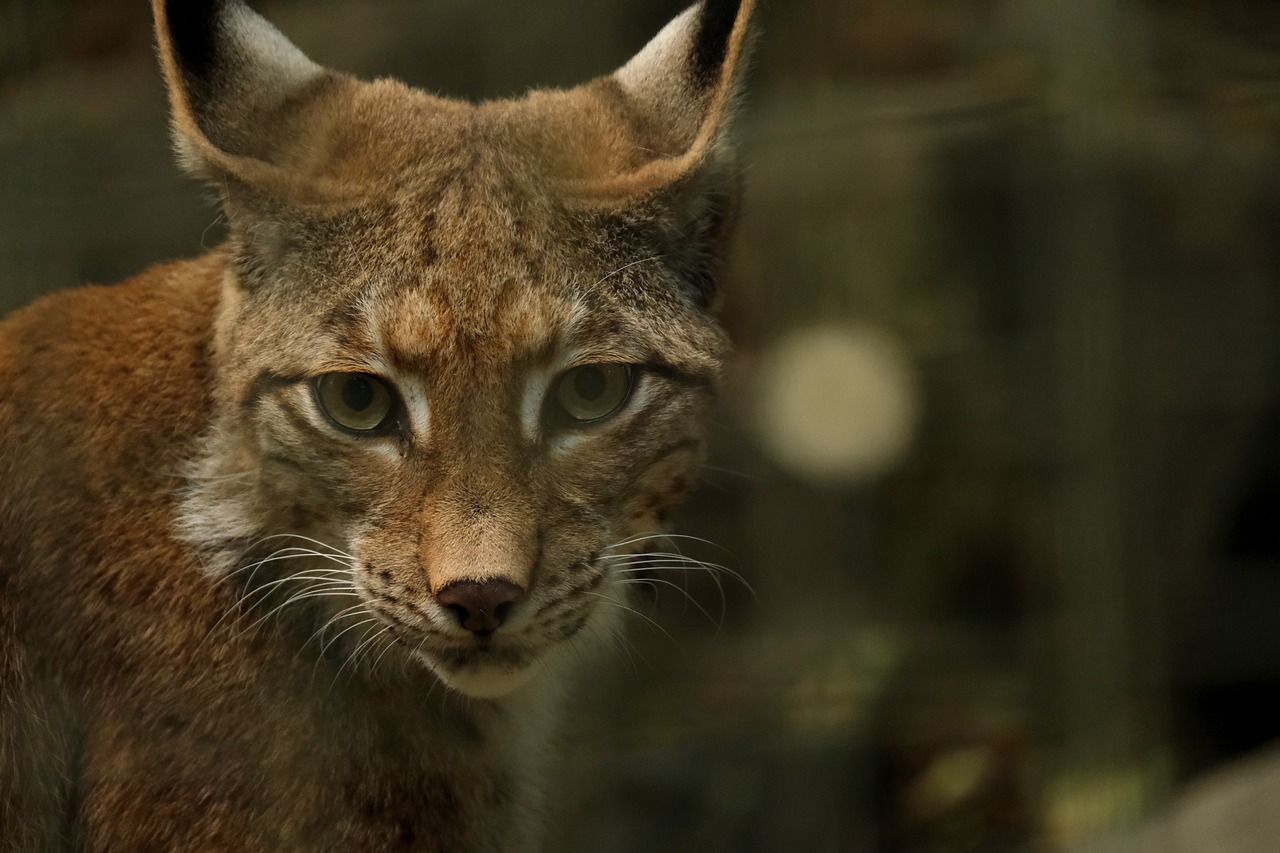
Pre-reading questions:
I will read each question. Then, please answer them.
講師がそれぞれの質問を読むので答えましょう。
- What is the Iberian lynx and where does it live?
- Do you think the survival of endangered species like the Iberian lynx is important?
Vocabulary:
I will read the words, meanings, and sample sentences. Then, repeat after me.
単語、意味、例文を読みます。講師に続いて音読しましょう。
- extinct /ex-TINCT/
- source /sors/
- adult /uh-DULT/
- breed /breed/
- raise /rayz/
[adjective] – no longer in existence; having died out
The dodo bird is an example of a species that is now extinct.
[noun] – a place, person, or thing from which something comes or can be obtained
The library is a good source of information for your research project.
[noun] – a fully grown person, animal, or plant
Adults must accompany children in the swimming pool.
[verb ] – to produce offspring by reproduction; to keep animals or plants for the purpose of producing young ones
The farmers decided to breed their best dairy cows to improve the quality and quantity of milk production on the farm.
[verb] – to bring up or nurture
She raised her children with love and care.
Article reading:
Please read the whole article. Then, I will check your pronunciation and intonation.
記事を音読しましょう。講師はあなたの発音とイントネーションを確認します。
Two decades ago, the Iberian lynx was nearly extinct because its habitats disappeared, its main food source (rabbits) decreased, and people caused problems. In 2001, only 62 adult lynxes were left. They acted fast with plans to breed more lynxes, fix habitats, and protect them. Recently, the IUCN said the lynx is now “vulnerable,” a big change showing recovery. Now, more than 2,000 lynxes live in nature areas in southern Spain and Portugal. To make this happen, they raised rabbit numbers, stopped illegal hunting and car accidents, and got the community involved. They also put lynxes back into new areas, adding 3,320 square kilometers. But it is still hard. The lynx will keep going if rabbit numbers stay steady and stay healthy from new problems like weather changes and sicknesses. New things, like fires, from climate change, are more problems. To make sure lynxes live on, they need to watch them, change their plans, and work with everyone. Helping more needs more community help too.
True or False:
Read the sentences and identify if they are true or false based on the article.
文章を読んで、記事に基づいて正誤を答えましょう。
- The Iberian lynx was once very abundant in its habitat.
- Rabbits are a crucial food source for the Iberian lynx.
- The IUCN has categorized the Iberian lynx as “vulnerable.”
- Illegal hunting and car accidents have not been issues for the survival of the Iberian lynx.
- Climate change has not affected the Iberian lynx population.
Fill in the blanks:
Choose the correct word from the table, then fill in the blanks.
適切な言葉を選んで空欄を埋めましょう。
| extinct | source | adult | bred | raised |
- These dogs were ______ for hunting purposes.
- Some scientists worry that certain rare plants could become ______ due to habitat loss.
- The river is the main ______ of drinking water for the town.
- The zoo welcomed a new _____ elephant to its exhibit.
- He ______ his plants carefully from seeds, making sure they got enough sunlight and water.